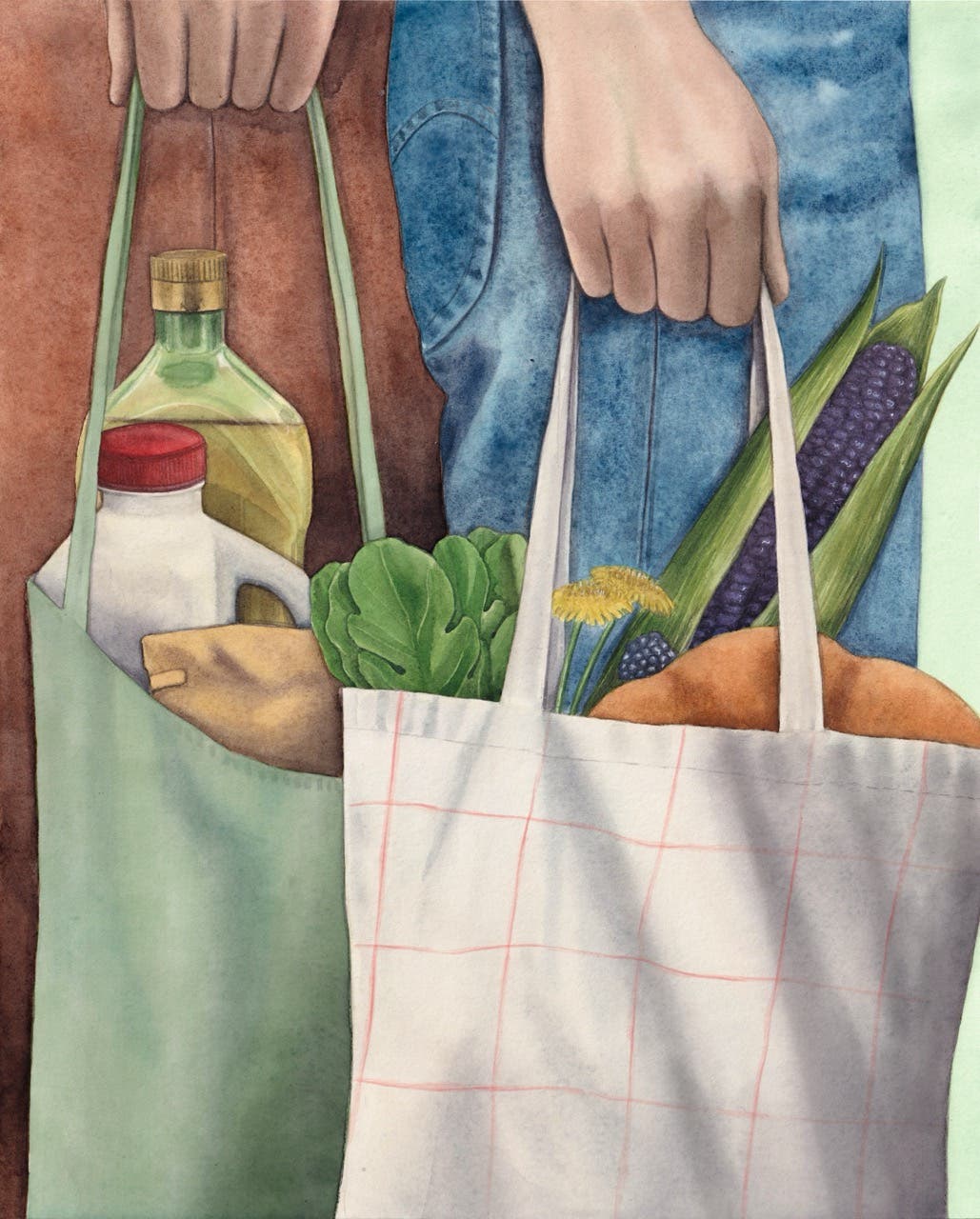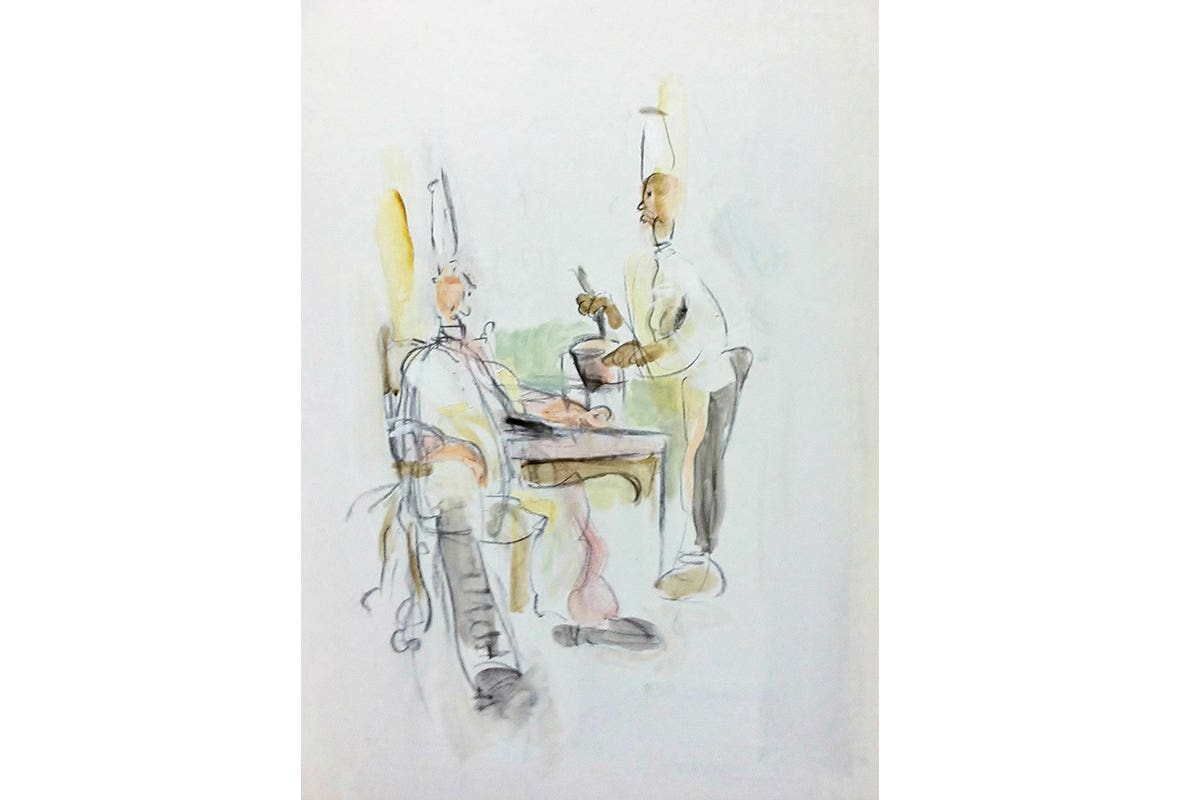
A Solitary Man: The Paintings of David Ozersky
"David Ozersky, my father, thought about food a lot," writes Josh Ozersky in A Solitary Man, his essay in issue #160 about his father's connection with food, and the energetic, expressionistic paintings of chefs that sprang from that passion. "He wasn't frantic and feral about it like I was, but we shared a deep common feeling on the subject, one of our few such bonds. My father, a brilliant but melancholy man, loved to eat, but I believe he took more pleasure in talking about eating. He would talk about his last meal while eating the current one, and soon his talk would turn to the subject of where we ought to eat next." Paintings by David Ozersky; captions by Josh Ozersky.
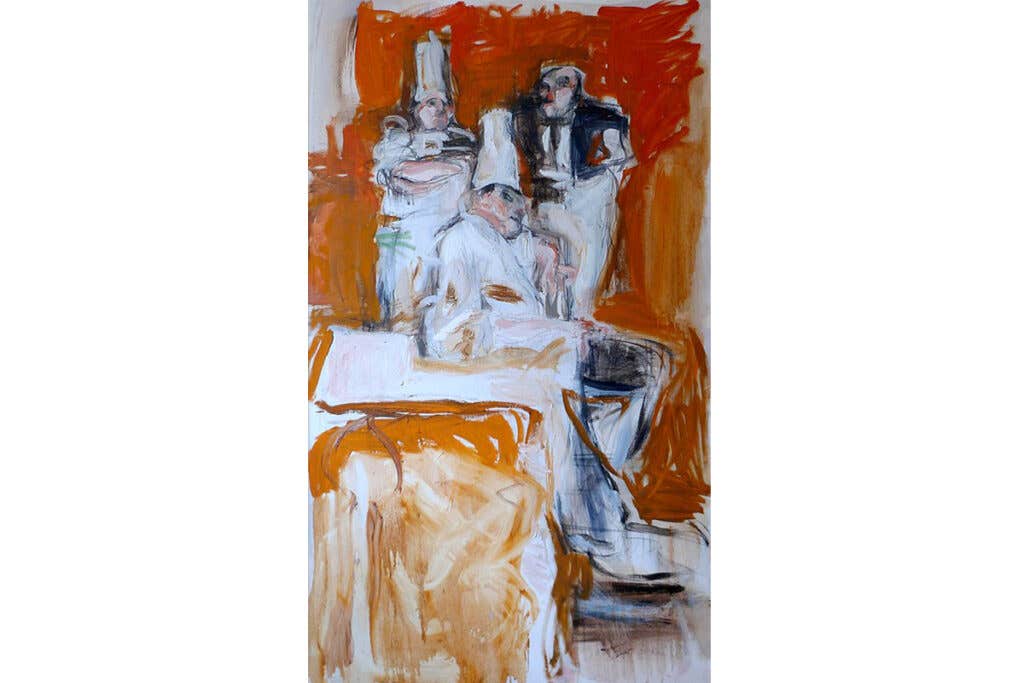
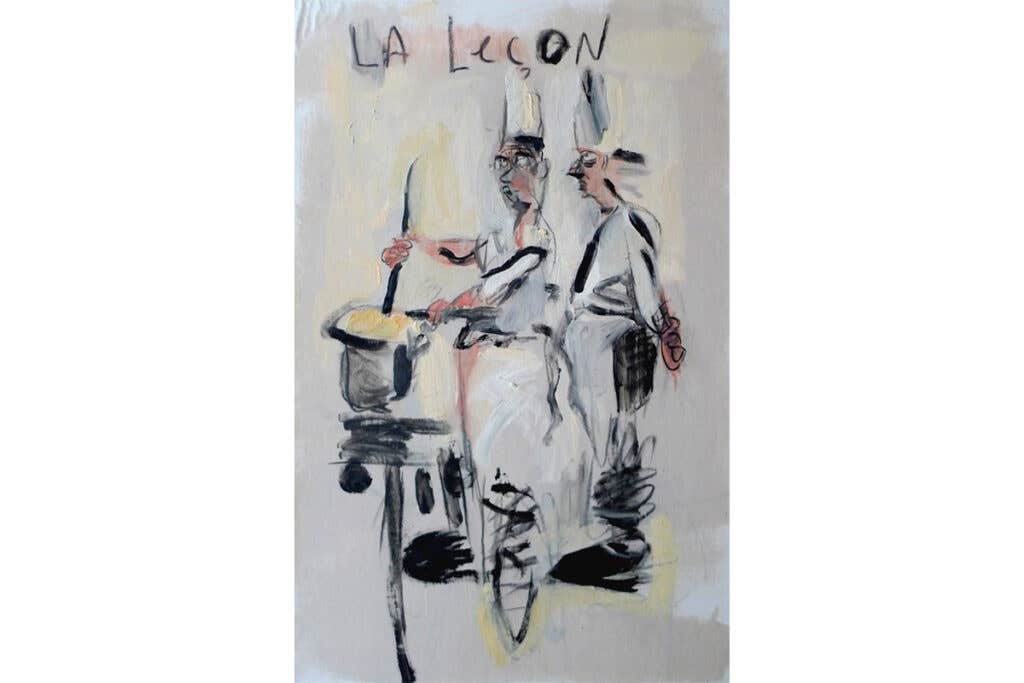

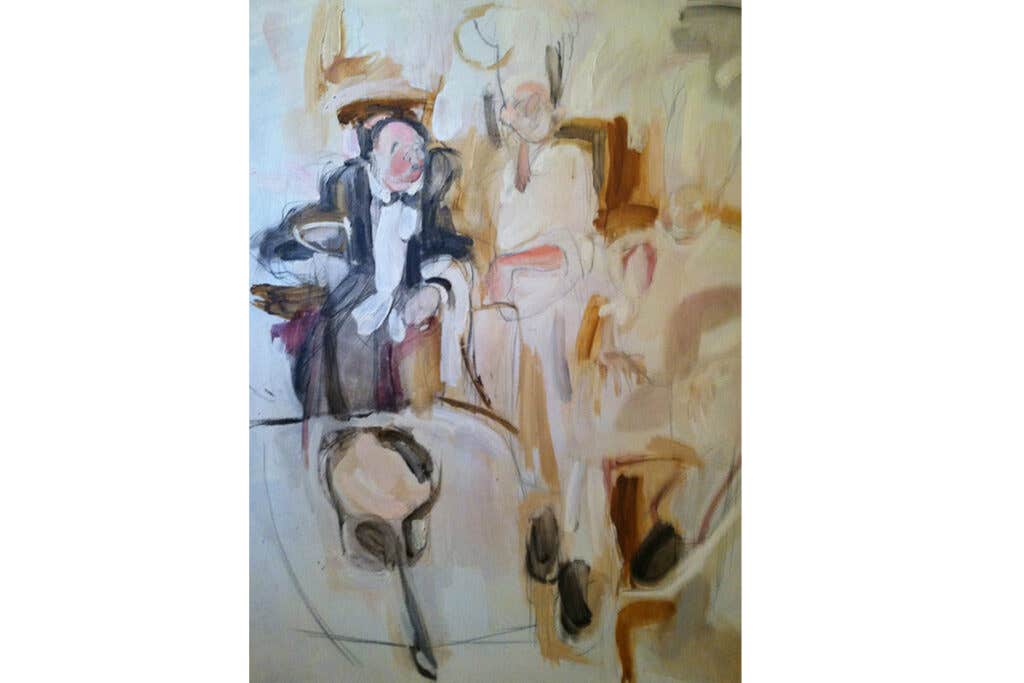
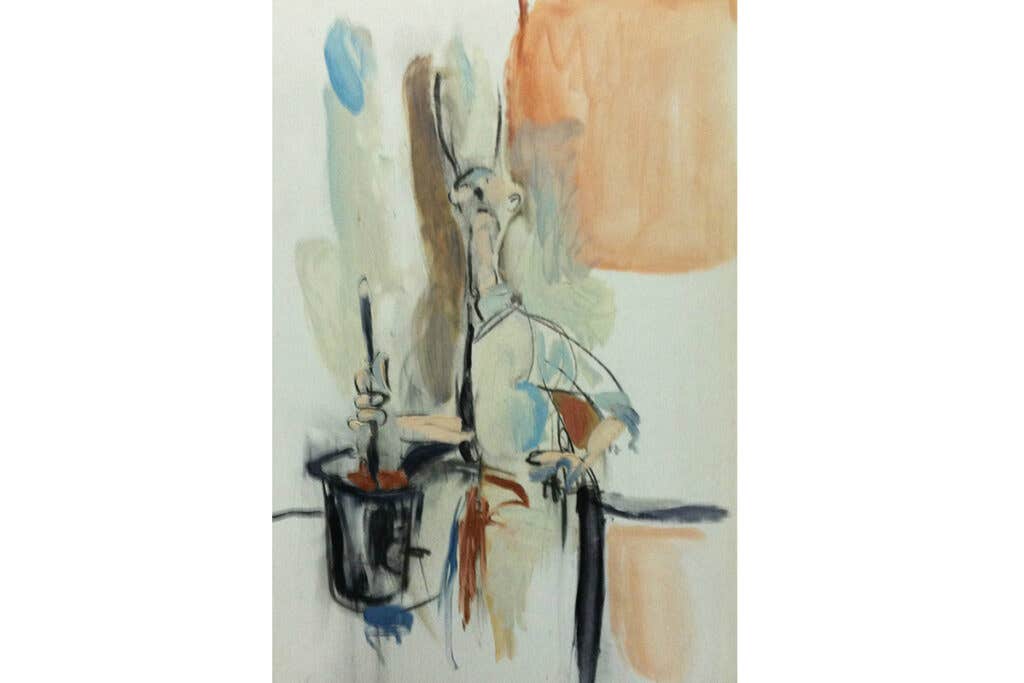
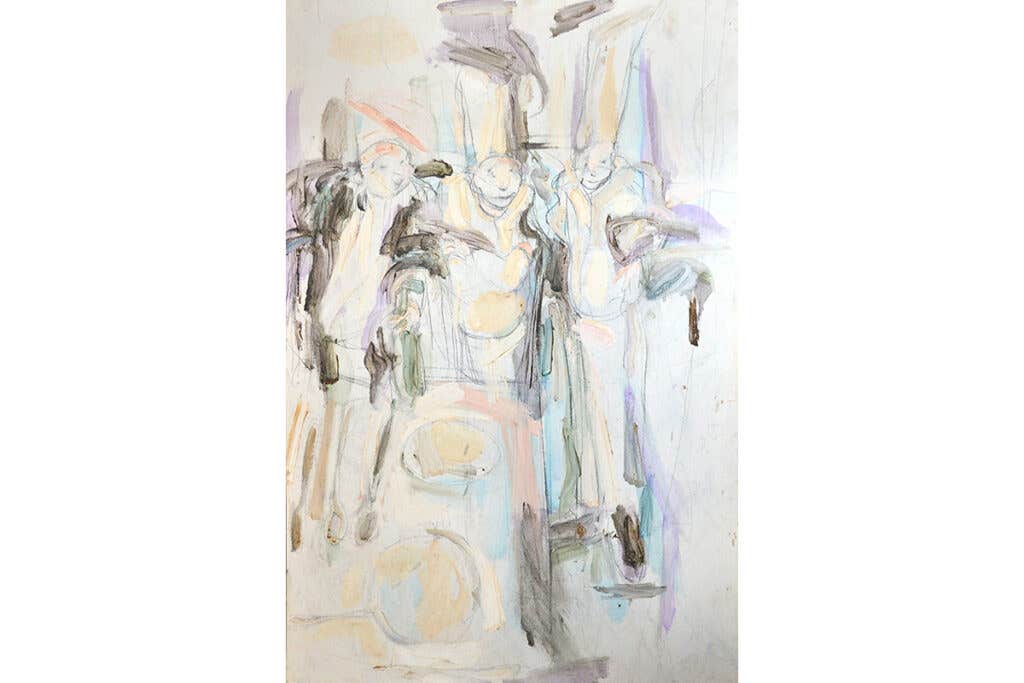
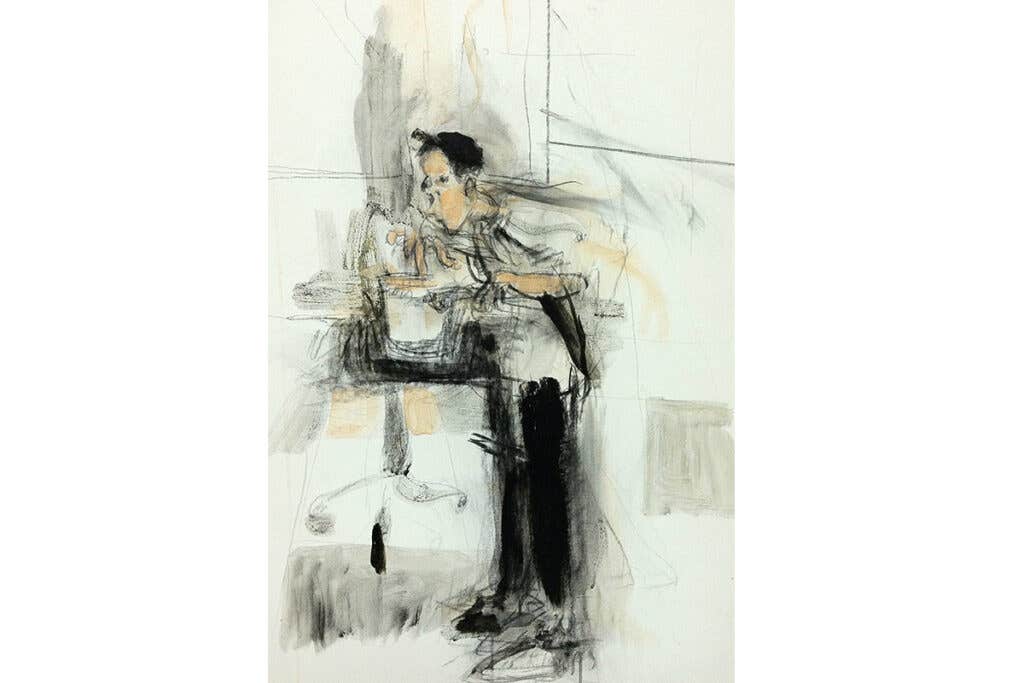
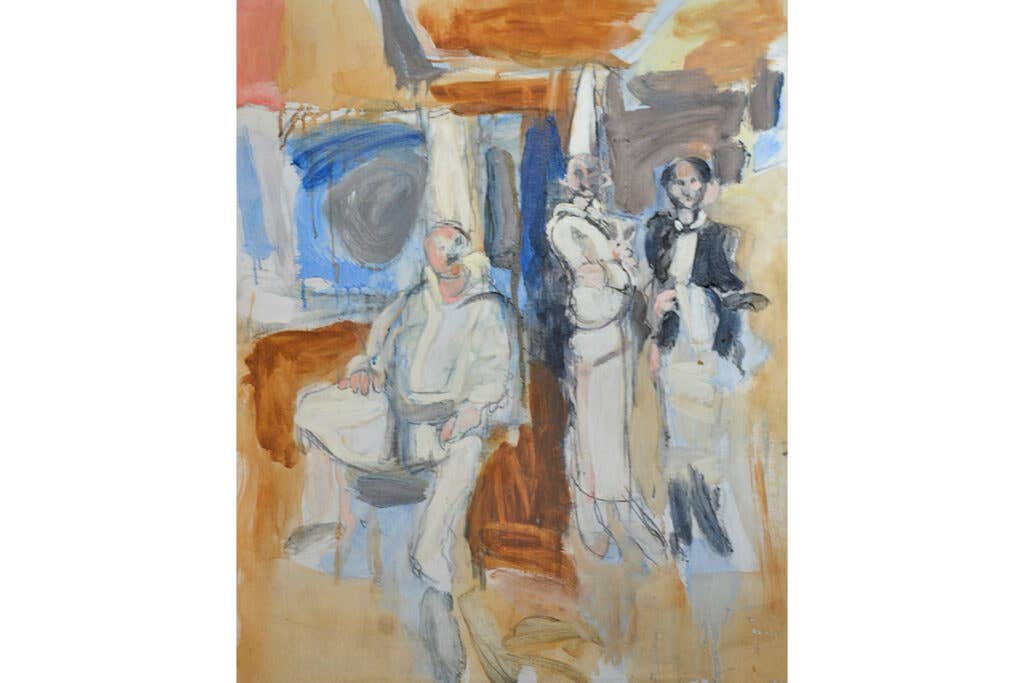
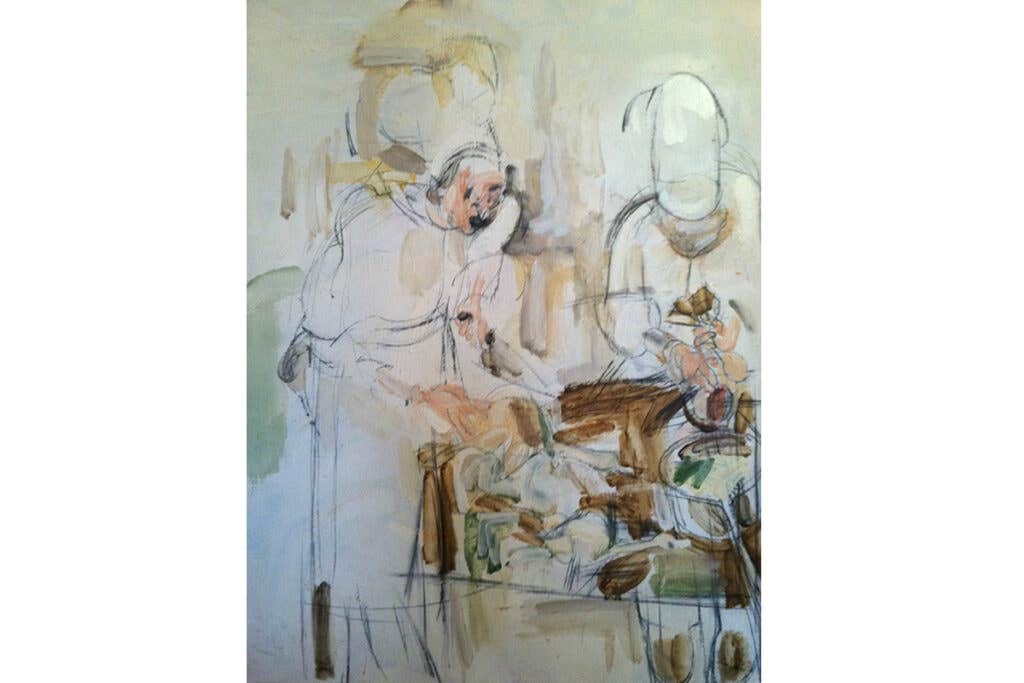
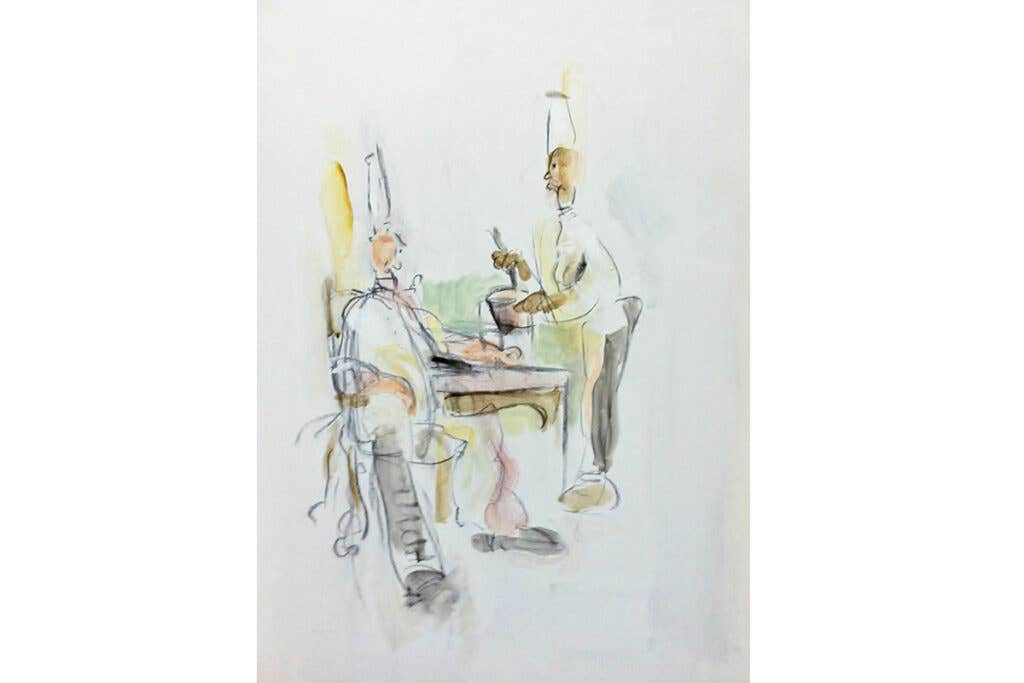
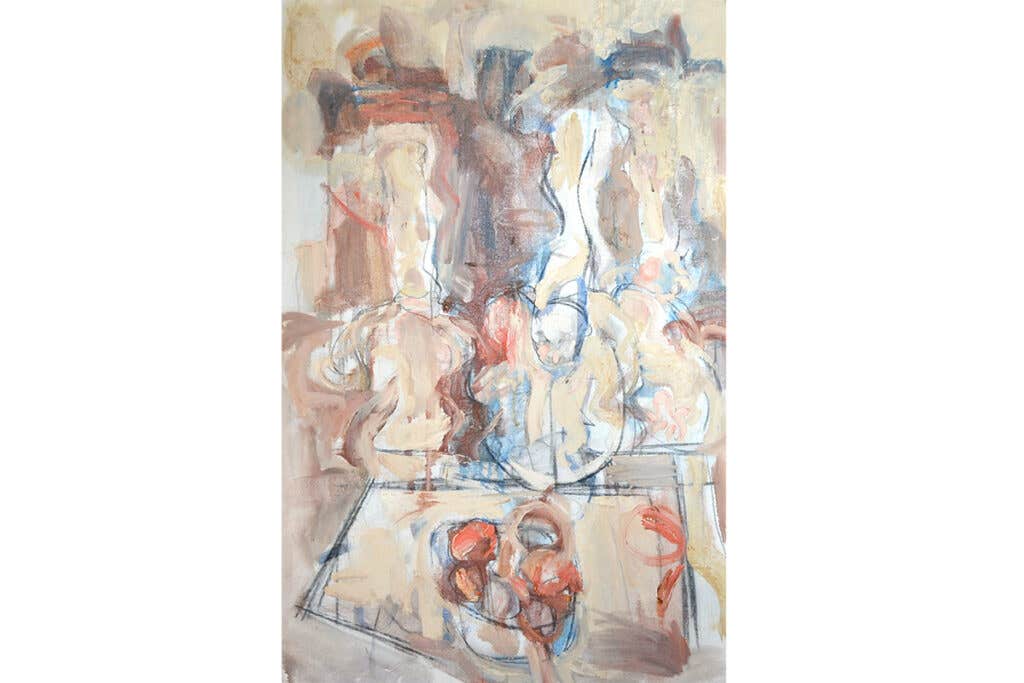
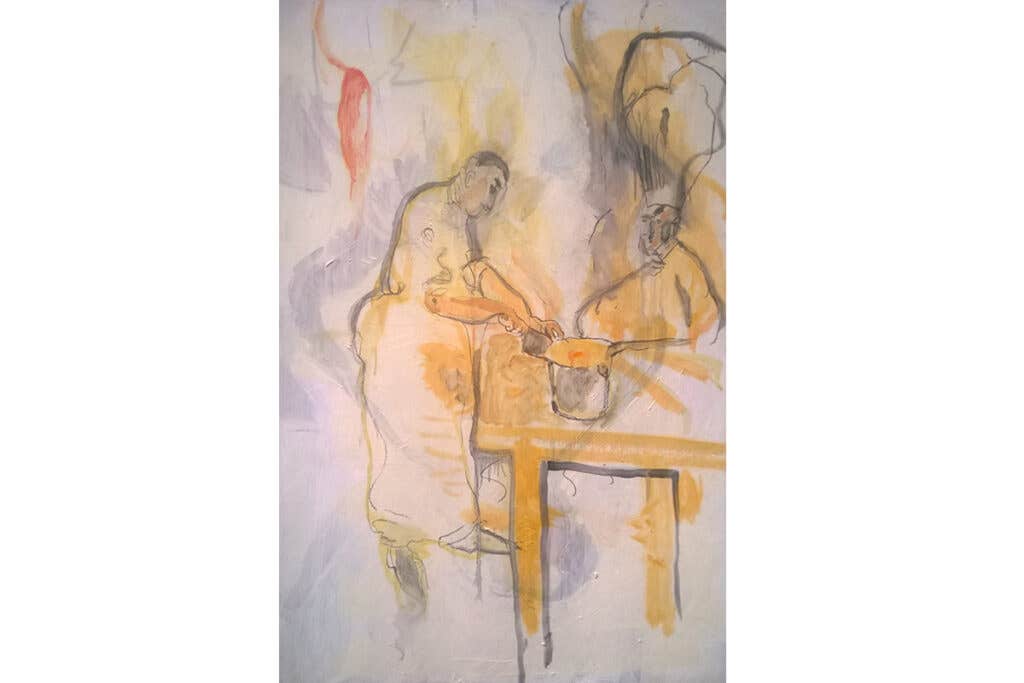
Keep Reading
Continue to Next Story









